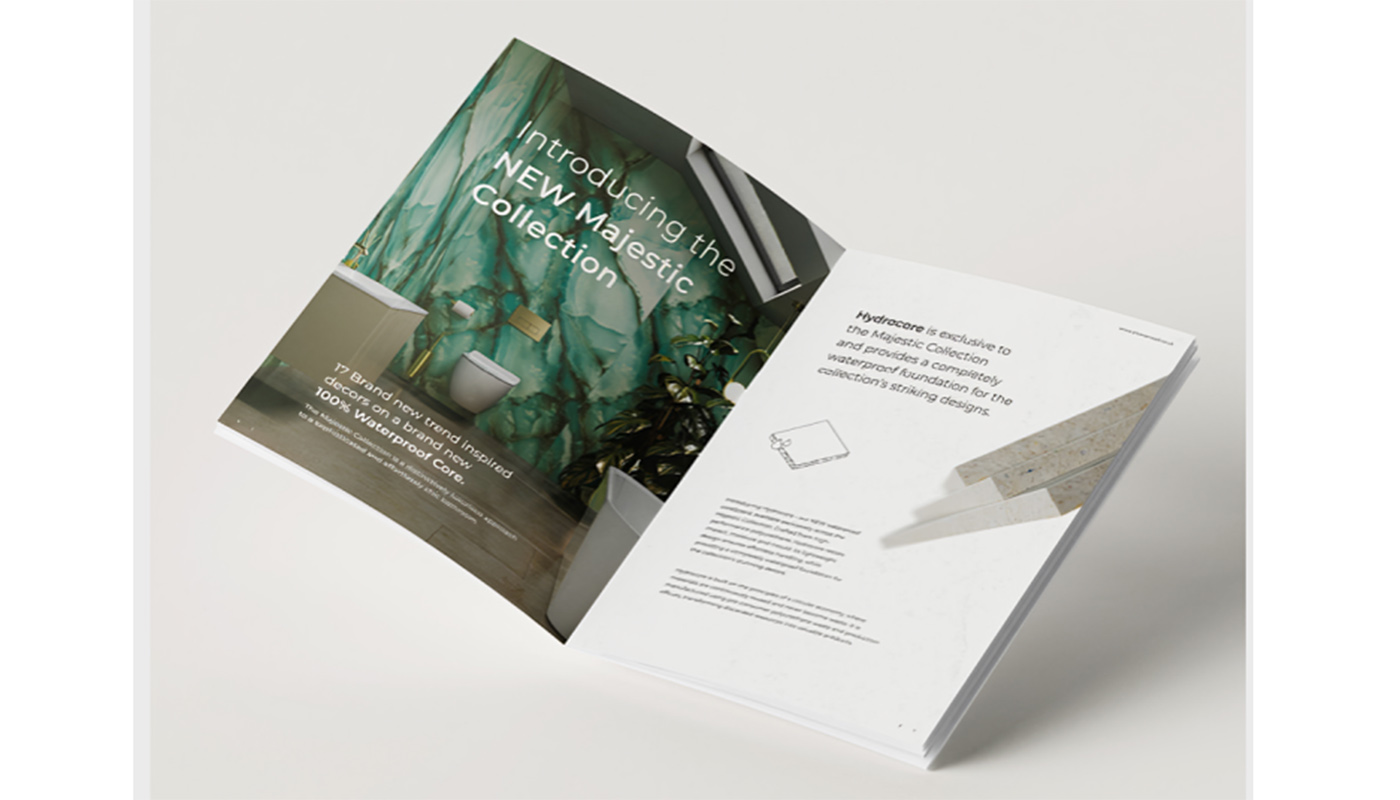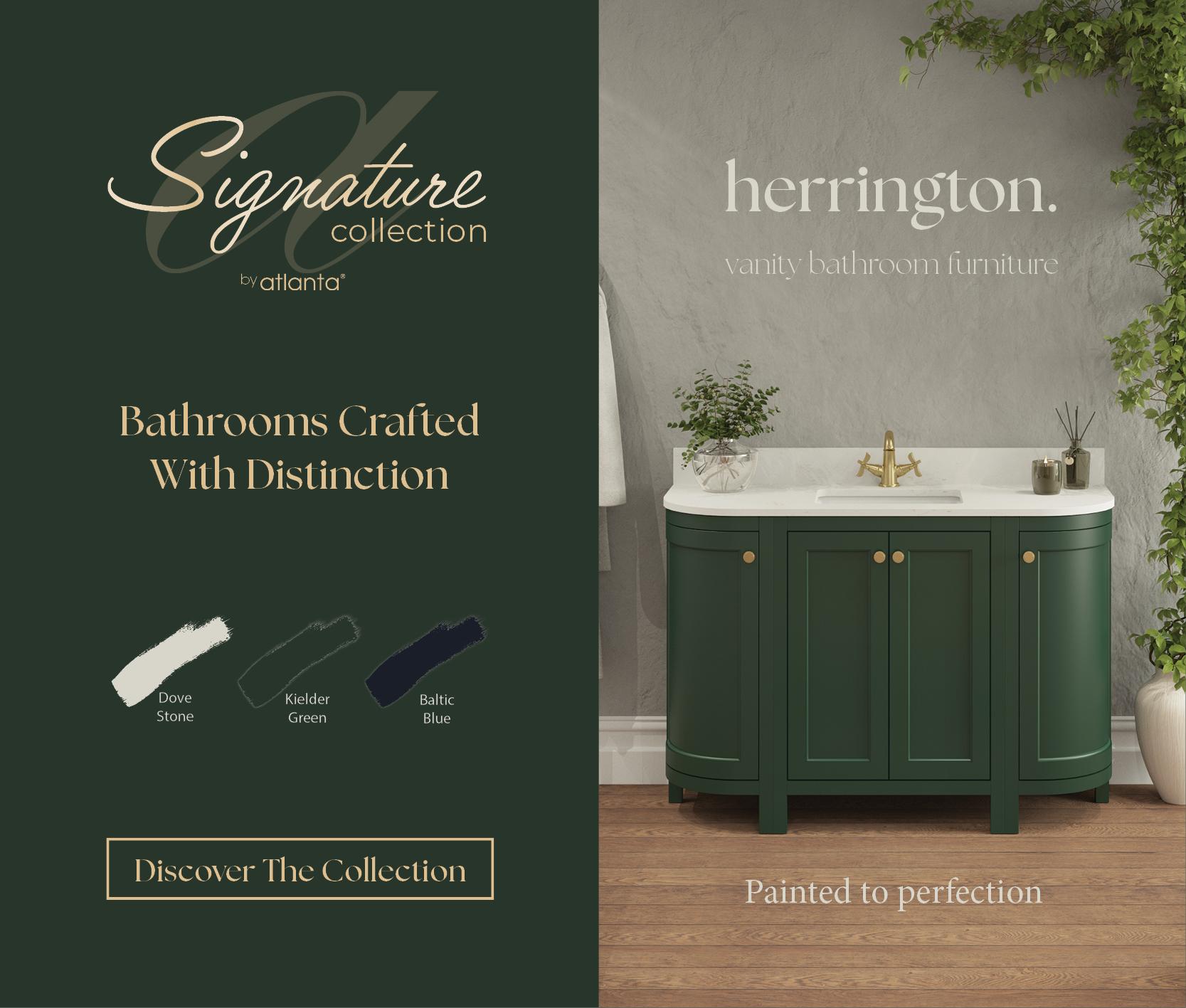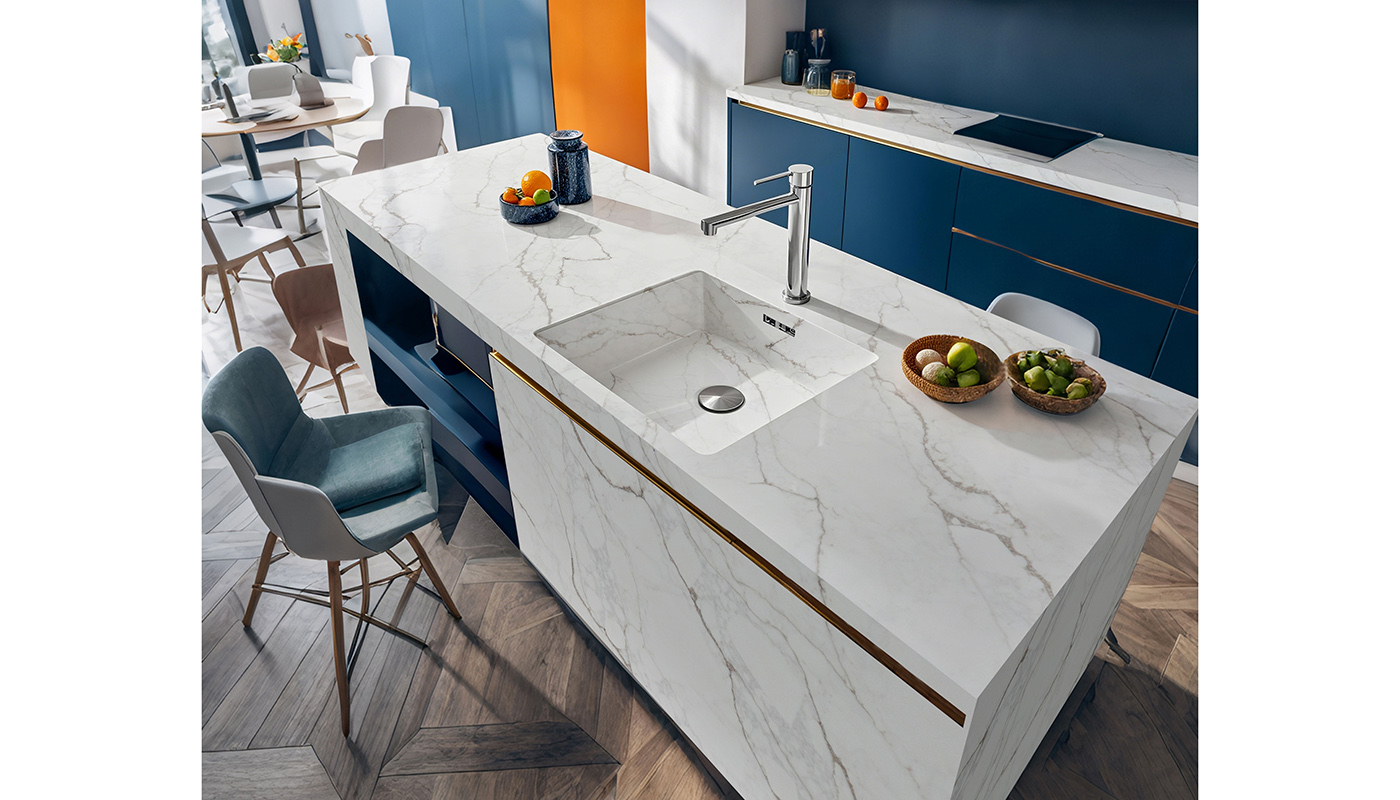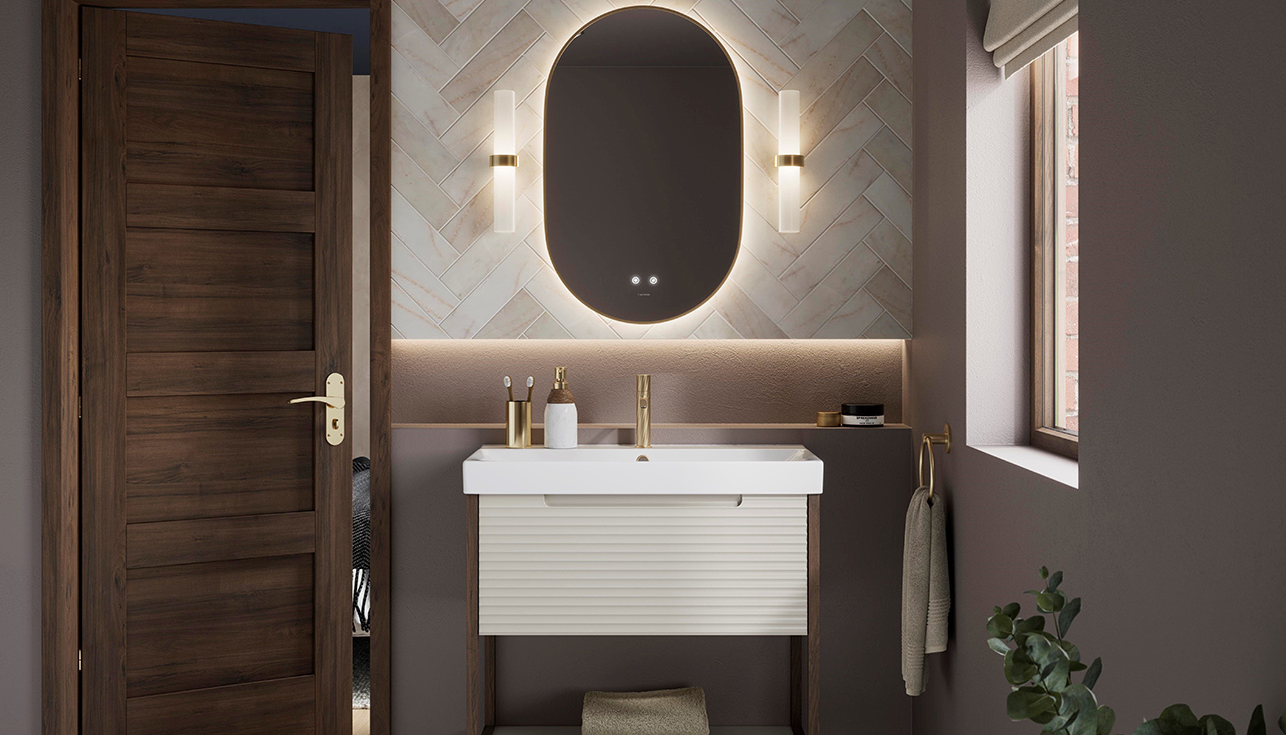Luxury bathrooms: How can designers ensure they hit the mark?
Tue 29th Nov 2022 by Lisa Hibberd
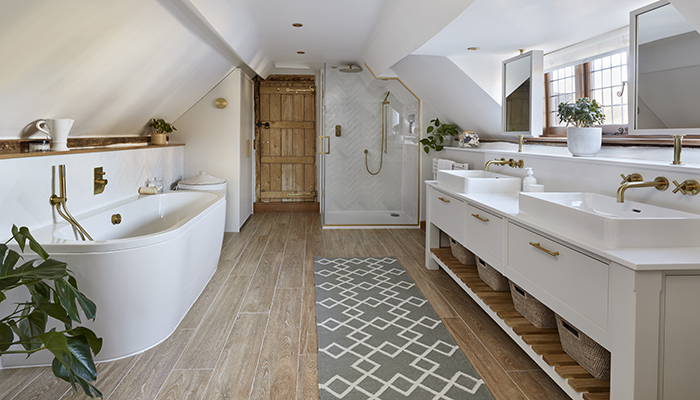
Luxury bathrooms: How can designers ensure they hit the mark?
With many people still spending much more time in their homes than before, it’s no surprise that the bathroom has now become a higher priority space. Lisa Hibberd takes a look at the options for designers creating a luxe look.
“Awareness around wellness and health is at an all-time high, meaning that there has been a rise in demand for spa-like bathrooms that add a touch of luxury at home,” says Paul Bailey, leader, product management, Lixil EMENA & Grohe UK. “Consumers are now viewing bathroom fittings and accessories as the ‘finishing touches’ to the design of the room rather than just being practical fixtures. This has been motivated by the evolution of bathroom and brassware designs which offer consumers a far greater choice of options in colour, finishes, and design. Through this and the increasing rise of multi-generational households, many homeowners are also seeking smart bathroom fittings, ranging from app connected shower toilets, to sensor activated taps and digitally-connected showerheads.”
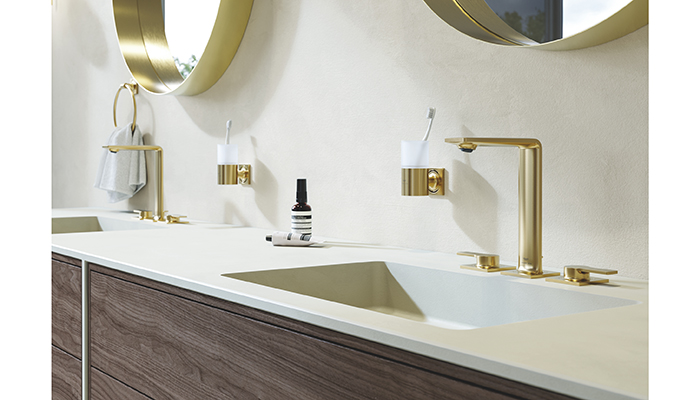
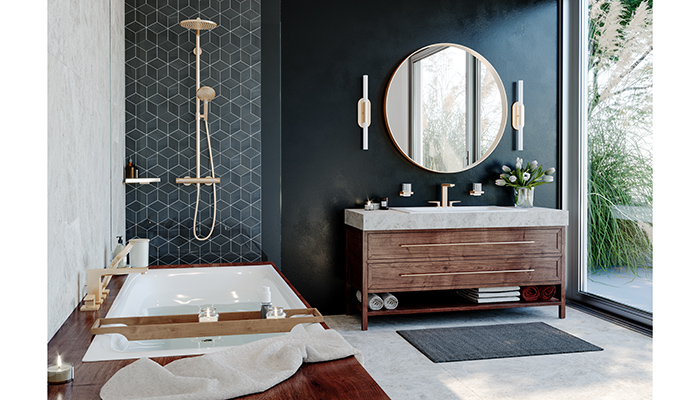
Steve Kaye, marketing director of HiB, suggests that what consumers consider to be luxurious will be different for everyone. “It is generally agreed that for a bathroom to be considered ‘luxury’ there must be a combination of features that create a look and feel that goes beyond the average bathroom. It is the sum of all the products, chosen material, featured technology and well thought out lighting, that can make the difference to the impact of the space. The concept of luxury is multi-faceted and because of this, it can be achieved in many different ways. It could be a large shower, a deep bath, a polished finish or innovative technology. By focusing on the wants and needs of the customer and targeting efforts towards creating an atmosphere which appeals to all the senses, you can create a feeling of luxury no matter the size of the space. Bathrooms are under continuous use and therefore have to work on a practical level as well as by design. Any furniture installed needs to be practical and suitable for everyday use, so design choices can be tactile and stylish but still need to be hardwearing. It is important for designers to consider this and how consumers will move and interact with the space, to ensure that it is successful as a luxurious but functional room.”
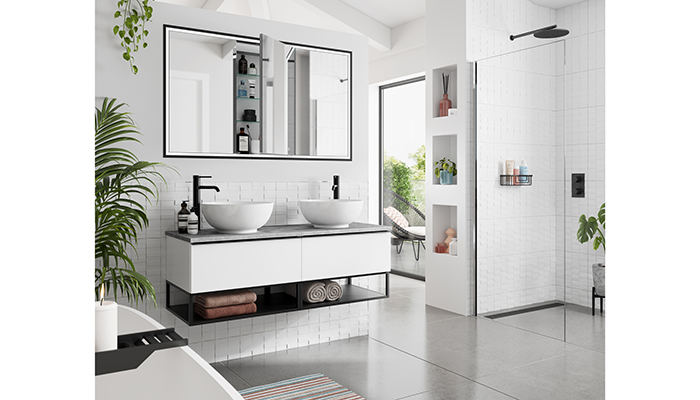

“Being able to take refined glamour to the next level with a subtle mix of past and present is the latest trend to hit bathroom brassware,” says Paul Illingworth, design manager at Abode. “I believe hardware has garnered this new attention as a result of its huge design appeal, able to provide a welcome contrast against crisp white sanitaryware and complementary furniture, all the while adding unequivocal form and function to a space. The return of brass continues to carry favour in the bathroom with premium taps, accessories and heating solutions answering the trend for raw materials that evoke old glamour. For me personally, brass finishes tie in perfectly with many key bathroom trends with the stand-out being the rise of traditional luxury.”

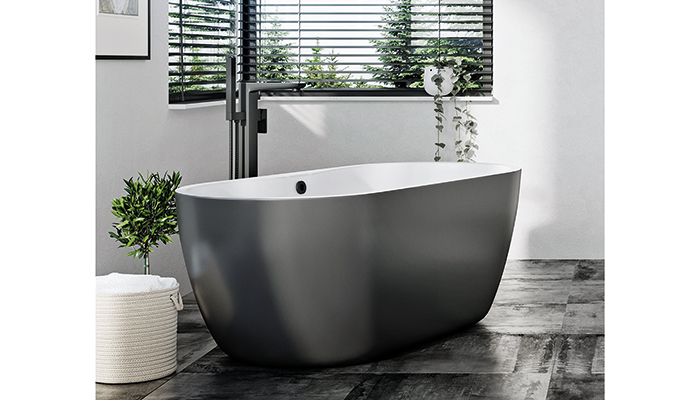
Roman is firmly embedded with key international hotel groups, architects and designers – this is where trends, inspiration and consumer demand starts. “All the cutting edge hotel designs are what filter down into the top end of the bathroom market – where Roman has particular focus,” says David Osborne, chief executive. “Social media also plays a big part – more so now than ever before. With usage at an all-time high, it has become a crutch for human connection. You don’t have to travel and stay in hotels to find luxury bathroom inspiration – cutting edge bathroom design can be effortlessly found on social media platforms. More and more often, users are turning to Instagram for inspiration, rather than to keep up with friends. Instagram allows people to discover new design trends and is a great tool for gathering ideas and deciding on the desired style before committing to making any purchases.”

The word luxury often denotes high-end, but it can also be seen more as comfort and relaxation when applied to the bathroom. “Our higher-end and designer ranges are very luxurious, but that doesn’t mean that our mid and lower market ranges are any less so, when used in the right situation,” explains Ben Bryden, sales and marketing director at RAK Ceramics UK. “Luxury is in the eye of the beholder, and it really is about the bathroom as a whole. A statement bath or a striking colour splashback will be focal points, but really, it’s more to do with the bathroom experience as a whole; how does the finished space make people feel? A small space that is uncluttered and streamlined, with a splash of colour and stand-out materials and finishes can be just as breathtaking as a large room.”
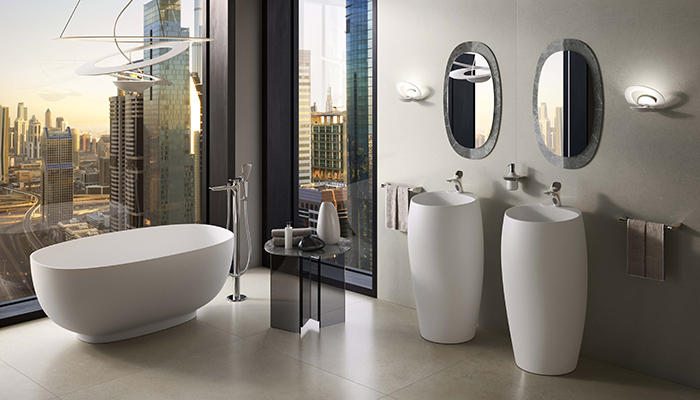
Juan Luna, design manager at Acquabella, stresses the importance of ensuring that a luxurious bathroom still remains practical for everyday use. “Consider the constraints of space and who is going to be using the bathroom. By catering for the needs of the homeowner and family, designers can create a bathroom which fuses practicality and luxury. For example a gorgeous walk-in with low level tray with a fixed head and hand held shower column works for every member of the family and creates a real sense of extravagance.”
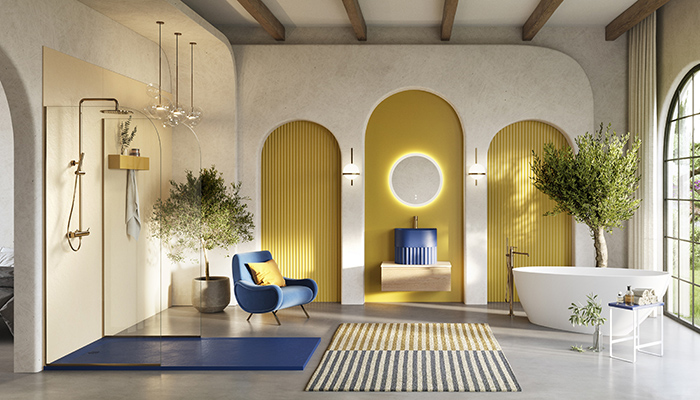
Simon Taylor, managing director of Simon Taylor Furniture suggests that those looking for a self-indulgent space that will stand the test of time should look to the flexibility of bespoke furniture. “To achieve a luxury spa-style bathroom, you need to begin with a thoughtful and intelligently designed layout that includes bespoke cabinetry made to perfectly fit the space, no matter how large or small. High quality and tactile materials such as wall and floor tiles, together with stylish sanitaryware and premium brassware will add a sense of opulence and simple colours will help create a feeling of tranquillity.”
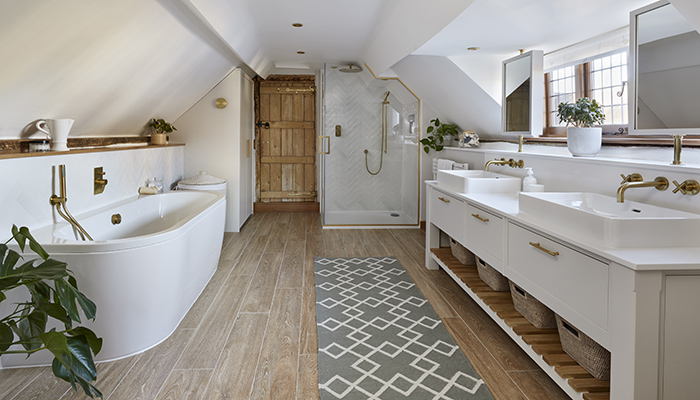
Tags: bathrooms, features, luxury in the bathroom, grohe, hansgrohe, hib, abode, harrison bathrooms, roman, rak ceramics, acquabella, simon taylor furniture








